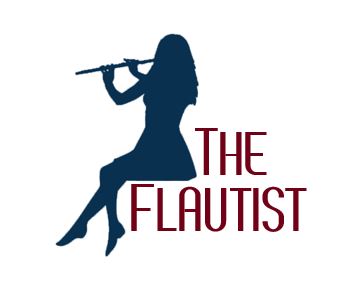O mio Babbino Caro
by Giacomo Puccini
Eileen Gilligan & Alex Raineri – O Mio Babbino Caro
This Aria is so beautiful and fantastic to learn from. It has so much to offer. There is a story to tell, the words are expressive and open up space in the mouth for tonal production . They also enable a subtle elasticity in the phrasing and musical expression. I found this to be ideal to bridge the gap between the voice and the flute so they are one. When I achieve this there is a noticeable difference in the tone, expression and resonance. I avoid blowing the flute at all times ,it is a mental approach more than anything that enables the switch.
This aria is not in the Tone Development Through Interpretation but could easily be. So many of the arias in there and very detailed and controlled but there are some that have this lovely elasticity to them. Numbers 2,6,24,33,35,38,39,40,48,69,71 . Many of them don’t lend themselves naturally to space and elasticity they demand a more detailed and exact beauty of expression which is also fabulous.
Here are the words:
O mio babbino caro
Mi piace, è bello, bello
Vo’ andare in Porta Rossa
A comperar l’anello!
Sì, sì, ci voglio andare!
E se l’amassi indarno
Andrei sul Ponte Vecchio
Ma per buttarmi in Arno!
Mi struggo e mi tormento!
O Dio, vorrei morir!
Babbo, pietà, pietà!
Babbo, pietà, pietà!
The words you will find open up space in the mouth and a natural openness of the nasal cavity which is terrific for tone and resonance. You still need all the foundation tools and warm ups but this is a great addition for me to my routine.
Listening to the singers and then singing yourself with the words and the flute is an awesome experience and really brings a wonderful result that just keeps on and on when you get the hang of it. I have found my voice has developed rather amazingly through this process as well. I can actually sing the aria without breaking the windows.
“O mio babbino caro” is a soprano aria from the one act opera Gianni Schicchi by Giacomo Puccini to a libretto by Giovacchino Forzano. It is sung by Lauretta after tensions between her father Schicchi and the family of Rinuccio, the boy she loves, have reached a breaking point that threatens to separate her from Rinuccio. This is a great opportunity to practice telling a story of her pleading for her father to help her marry the love of her life.
Joan Hammond, soprano, “O mio babbino caro” in English, Columbia about 1947
A bit of Australian history with Dame Joan Hammond. My favourite and the only one of the four that makes me cry
Maria Callas – Puccini – O mio babbino caro
Maria Callas, It’s her elegance that always captivates me about her
Kiri Te Kanawa – O Mio Babbino Caro
Kiri Te Kanawa. Perfection . I always look for her warmth in my tone.
Montserrat Caballé – O mio babbino caro
Montserrat Caballe -Superb space and elasticity.
Piano accompaniment for you. This isn’t a bad one to play with. Try to not play with it all the time and really concentrate on the aria itself and what you are trying to say and achieve but backtracks are fun and a treat after some hard work.
